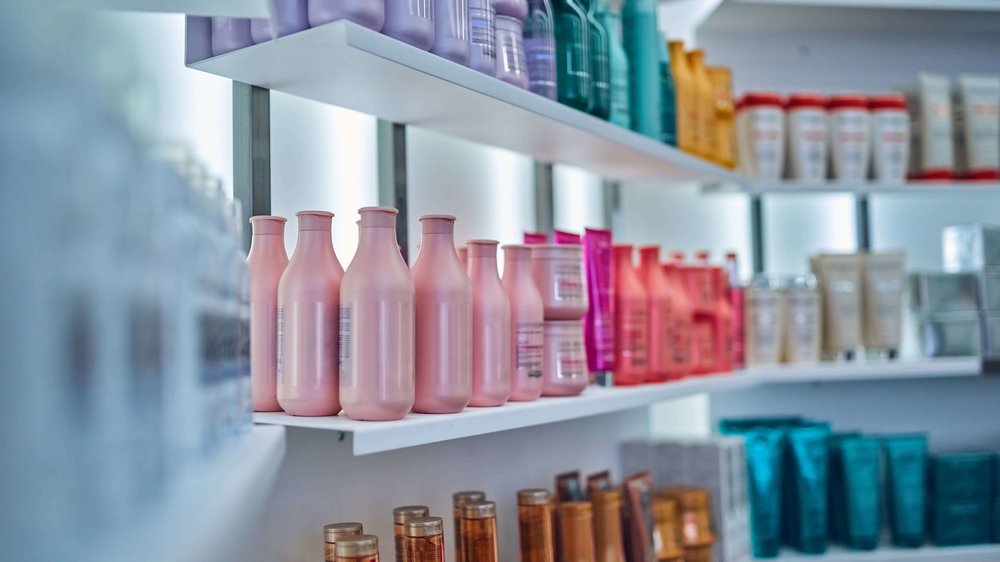Improvements in RFID technology mean the cosmetics industry is ready to utilise item-level tagging
RFID Ready to Digitise the Cosmetics Industry

RFID ready to digitise the cosmetics industry
RFID (Radio Frequency Identification) has already proven itself in fashion retail, with many retailers taking advantage of the increased product availability (>98%), inventory accuracy (>99%) and omnichannel capabilities that the technology provides.
The cosmetics industry would stand to profit just as much from this level of insight and visibility into their inventory levels, however utilising the technology has traditionally been far more difficult than in the apparel market. This is because cosmetic products are generally too small to be tagged accordingly and they frequently contain liquids or metal materials in their packaging that negatively affect RFID technology.
However, with recent advancements in the technology, this is beginning to change. RFID tags becoming smaller now makes labelling practically any product possible and, with the price of labels continuing to drop, financially viable. Perhaps most important though is the invention of new ‘on-metal’ RFID labels that can be used to tag both metallic and liquid products without issue, hence removing the biggest barrier to RFID in the cosmetics industry.
New developments can benefit cosmetic brands and optimise customer experience
New packaging materials and smaller, more sensitive RFID tags finally help cosmetic brands to provide ever-greater inventory accuracy both in the store and in the webshop, to fulfil the increasing need for fast global shipping and replenishment.
The particular issue of shelf-life is a challenge of the cosmetics industry that is not shared by the apparel market. RFID, however, seems ideally suited to the task of managing expiry dates, as the tags can hold the information on an item-level, meaning the store staff receives real-time visibility on the shelf-life of every item in the store and would receive alerts warning them when items are close to or past their expiry date. This also enables products to be marked-down to ensure they are sold before expiration.
Benefits for retailers:
- Inventory visibility along the entire supply chain
- No out-of-stock situations due to increased product availability
- Superior quality of customer service
- Reduced inventory shrinkage in stores
- Operational efficiencies for in-store processes
- Increased brand loyalty
- Analytics in real-time and store KPIs
- Easily manage shelf-life of products
Benefits for customers:
- High product availability across all channels
- Unique shopping experience
- Product recommendations with additional information
- Supports in decision-making process
- Click and collect
- Ship-from-store
- Instore ordering
Matching the style
The cosmetics industry is aware that the inclusion of advanced technologies in the corporate and retail environment can enhance their presence in the future. This includes not using just any technology, but one that fits the company philosophy and compliments their appearance and store as well as product design. Technology should guarantee the future of the company, retain employees and fascinate customers. And whilst there are of course a multitude of benefits from RFID already established in the Fashion industry, as more cosmetic companies begin to utilize the technology more use cases specific to the industry will be discovered, and its full potential unlocked.



